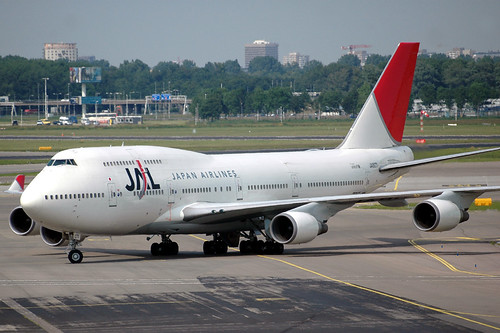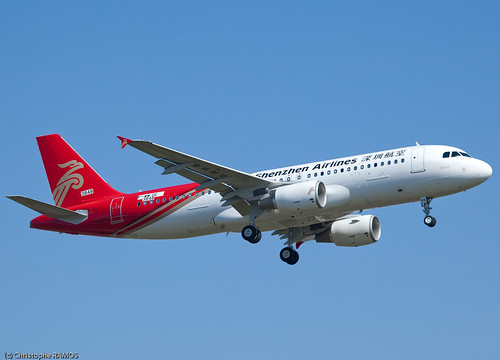By Daxim LucasSeptember 28, 2009

MANILA, Philippines—Just a few months ago, niche carrier South East Asian Airlines was struggling on the ropes in a mismatched fight against larger competitors, which unceremoniously and progressively entered its “home turf” of Boracay over the last two years.
Long used to a virtual monopoly in the lucrative Manila-Caticlan air route, Seair suddenly found itself looking for a new business model after the “invasion” of other airlines, according to its president Avelino Zapanta.
New approach“We had to think of a new approach,” he said in a recent interview with the Inquirer. “We would run out of money if we competed with them head on.”
The airline diversified its operations to give more emphasis on developing routes to less popular destinations which had the potential to become travel hotspots in the future.
But then, the unexpected happened.A string of accidents in Caticlan involving one of its competitors forced aviation regulators to rethink operations at the small airport (which is, ironically, also one of the country’s busiest) that serves as the main gateway to the world-famous Boracay Island.
In the first incident, a turboprop MA60 aircraft of Zest Air crash landed when it undershot Caticlan’s 900-meter runway. A few months later, another MA60 of the same airline overshot the same runway.
After an investigation, aviation officials declared Caticlan a “one-way takeoff and landing” airstrip—meaning that flight operations could only be conducted in one direction—effectively preventing larger aircraft from using it.
This left Seair, with its relatively smaller, 32-seat Dornier Do 328 turboprops as the only airline able to operate under the new restrictions.
All of a sudden, the airline that was reeling on the ropes was back to its virtual monopoly status. Seair soon began to reap the financial rewards of being the only operator to service the popular route.
During the interview, Zapanta showed no glee at having been the beneficiary of the tightened regulations. But he did reveal that the airline had taken advantage of the situation, in part, to meet the consistently strong demand for flights to the resort island.
“Even before the July 9 [2009] announcement that the other airlines would be pulling out [from Caticlan operations], we have already added flights,” he said. “Before this, our flights had become very infrequent, maybe only nine or 10 times a day. Now we have been able to raise that to 18 flights a day.”
But the response from the flying public has been enthusiastic, prompting Seair to acquire a third Do 328 aircraft from Germany last July.
“When we input the new aircraft that came in, our flights [to Caticlan] would go to 20-25 a day, and as many as 27,” he said.
Toward the traditional peak travel season, Zapanta said Seair will raise the number of Manila-Caticlan flights to as many as 32 a day.
“That was our old frequency before the ‘invasion,’” he said. “So it’s really just going back to our old level, and perhaps a bit more.”
Growing demandLast month, the airline also relaunched flights between Caticlan and Cebu to meet the growing demand for direct services from tourists in the country’s second largest city.
So enthusiastic has been the public’s response, in fact, that Seair now intends to acquire a fourth Do 328 by next month.
“It will be the same [aircraft] type,” Zapanta said. “That’s because that’s the most suitable type of aircraft for Caticlan. All other turboprops in the market today will have to have a payload penalty.”
“Ever since, our pricing has always been at a premium,” Zapanta said. “We have differentiated our product, because the cost of transfers are included—from the airport all the way to the island so the passenger won’t be hassled anymore.”
Fastest flightsMore importantly, Seair also has the fastest flights to Boracay, even when its competitors were still serving the same route.
With or without the presence of larger rivals, however, Seair maintains a loyal following in a niche market of leisure travelers.
“We also had a loyal high-end market that would stick with us through thick and thin,” Zapanta said. “They didn’t want to be associated with low-cost carriers. So we would like to strengthen our capacity here.”
To do this, Seair has begun to “divert” these clients to other routes using a “blue ocean” strategy that, it is hoped, would make competition “irrelevant.”
“We found new destinations like Basco in Batanes, Masbate and Marinduque,” he said, adding that Seair is now working closely with local governments and the private sector in these locales to develop their potentials as tourism destinations.
New routes“We’ve already started charter operations for Marinduque,” he said. “After an observation period, we may start scheduled service.”
Nonetheless, the Boracay market will remain Seair’s “bread and butter” for the foreseeable future, despite having priced itself at a premium to its former rivals.
The Seair chief also acknowledges that the party will not last forever. At some point, the airline will lose its virtual monopoly status, especially with government having promised to expand Caticlan airport to be able to accommodate larger aircraft.
“We don’t know the timetable of the government, but I think we have some time. That should give us a head start,” according to Zapanta. “It’s best for us not to worry about it and concentrate on improving the service so that we are able to strengthen our position.”
























